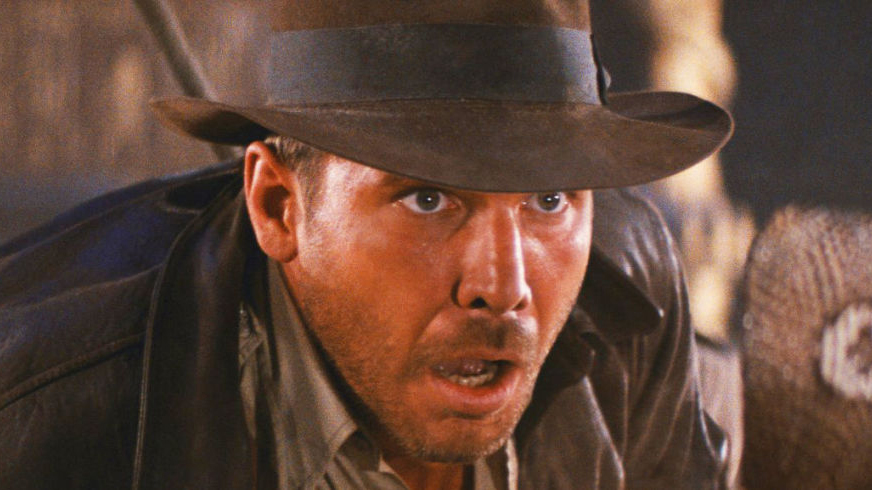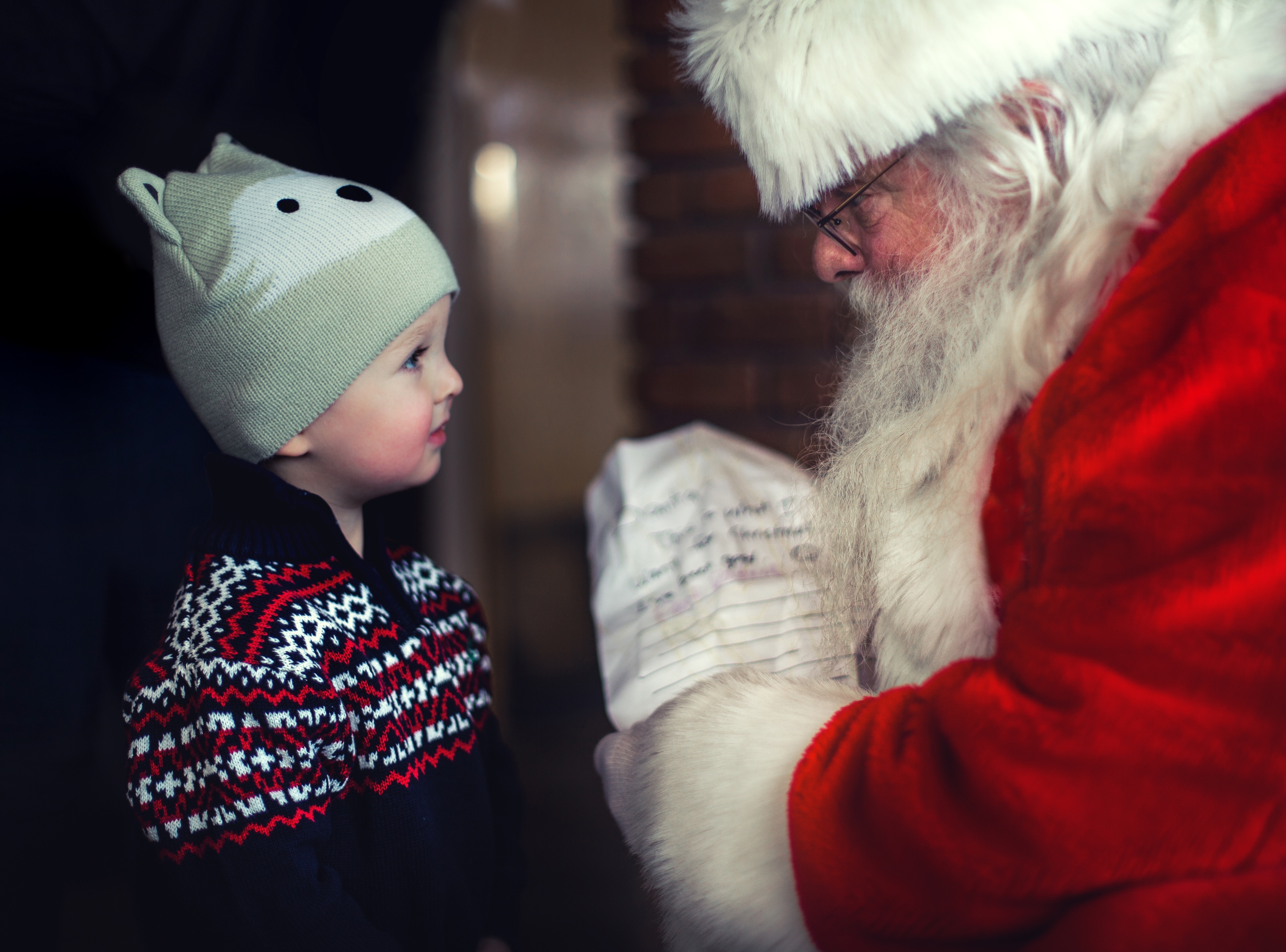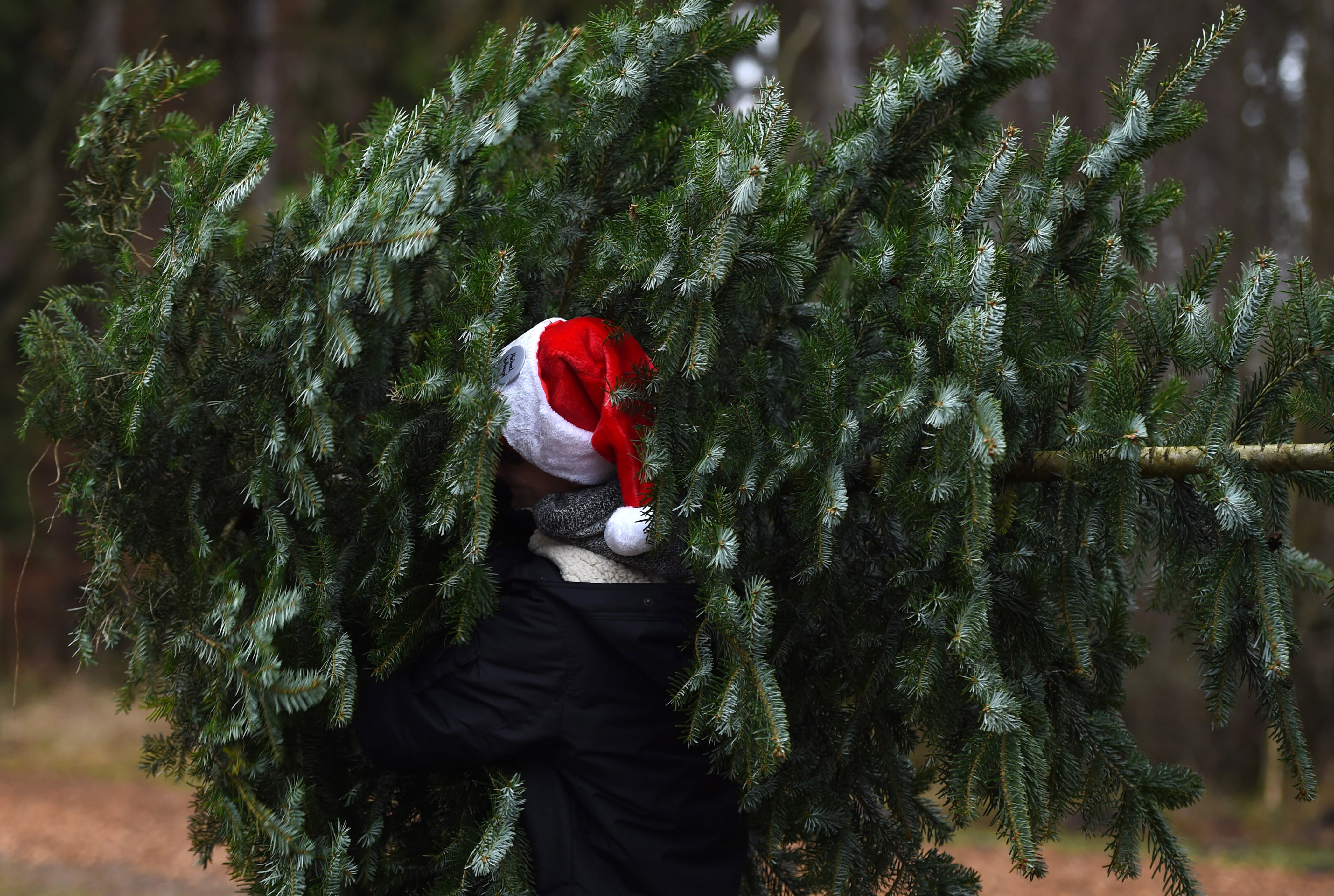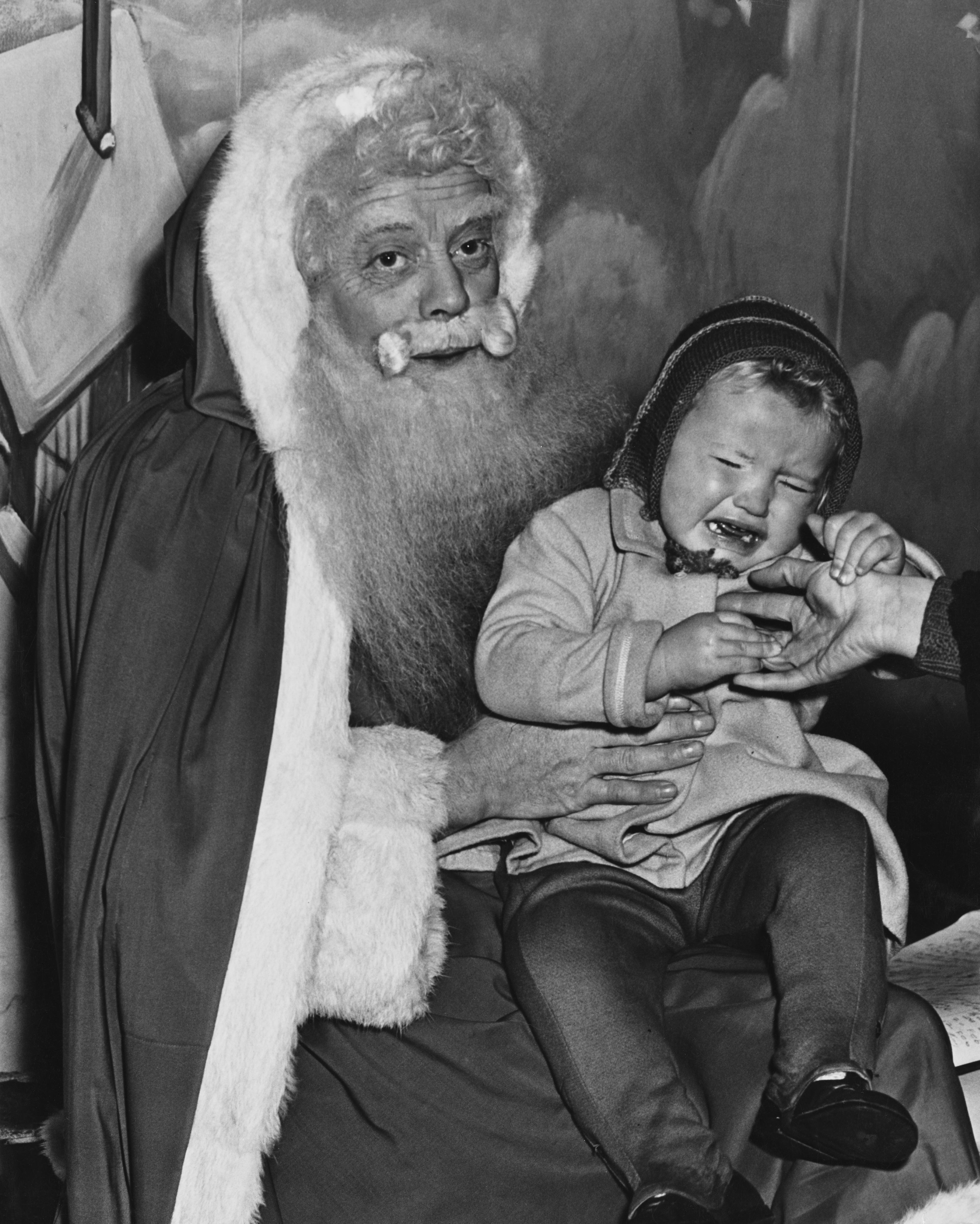Commercializing Christmas: How politicians and business leaders created a gift-giving holiday
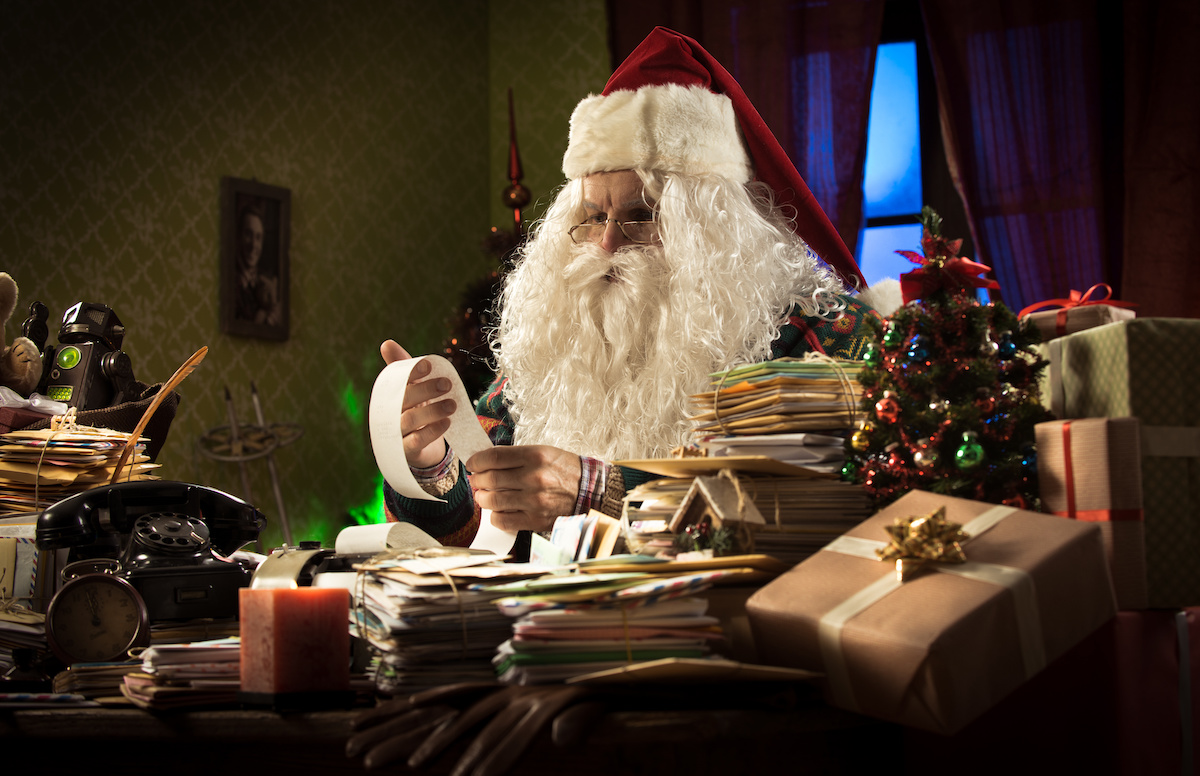
- In her 2020 book, The Alchemy of Us: How Humans and Matter Transformed One Another, Ainissa Ramirez explores how important material inventions shaped the course of human experience.
- This excerpt of the book explores the evolution of Christmas as a gift-giving holiday.
- In its early iterations, Christmas was an amalgamation of European religious and pagan traditions. In the late 19th century, companies began commercializing the holiday.
Excerpted from The Alchemy of Us: How Humans and Matter Transformed One Another by Ainissa Ramirez. Reprinted with permission from THE MIT PRESS. Copyright 2021.
An Amalgamated Holiday
The Christmas holiday as we now know it didn’t always exist that way. Santa and his reindeer didn’t appear a year after the birth of Christ; children would have to wait over three centuries, at least, for Christmas to come. By the 1800s, this holiday had picked up and combined various elements of European religious and pagan traditions along the way, taking the form recognizable to our modern eyes with the publication of Charles Dickens’s A Christmas Carol in England in 1843. With Dickens’s book— and its perennially recognized characters of Ebenezer Scrooge and Tiny Tim— the final wrapping of this winter holiday tradition was complete.
Despite the enthusiasm for Christmas abroad, it wasn’t all that popular when it arrived in the United States. “They made more of New Year’s than of Christmas,” said one-hundred-and-one-year-old Mrs. Jane Ann Brown to the New York Times in 1894. Mrs. Brown had seen this holiday change over the course of her long life. What she saw was that, unlike today, New Yorkers didn’t think much of Christmas. They weren’t alone.
In Philadelphia, Christmas began as an unsavory holiday during which intoxicated revelers took to the streets, begging for money. Factories were shut for the winter, leaving workers out of funds, so these unemployed souls used this holiday to go to the doors of the wealthy to perform for donations. This down-and-out custom of singing for alms eventually evolved into the much-more-delightful act of caroling. Christmas, in general, was then elevated and shaped to align with middle-class values, becoming a time of “gift-giving, stocking-filling, and a family dinner,” as Professor Susan Davis has written.
Christmas’s transformation is evidenced by the number of Christmas carols created during this time period, which include:
1839 Joy to the World
1840 Hark! The Herald Angels Sing
1847 O Holy Night
1850 It Came upon a Midnight Clear
1857 We Three Kings
1857 Jingle Bells
1868 O Little Town of Bethlehem
But there is a dark underbelly to this holiday’s metamorphosis, too. Historian Penne Restad states that Christmas was transformed into a gift-giving occasion to keep the economy going. And the best way to move products, presents, and Christmas items was on rails of steel.
The pieces of Christmas were stitched together into a mammoth tapestry. First came the Christmas tree, the selling of which became a brisk business in the nineteenth century. “There is now in progress a market where competition is as sharp and dealing as close as can be found in any mercantile exchanges,” said the New York Times in 1893, “this market deals only in Christmas trees.” From early December until Christmas day, dealers from Maine sold trees in cities. While this is not uncommon today, selling Christmas trees was newsworthy back then. These Christmas trees were hauled by trains from Maine to New York City on rails of steel.
Along with the Christmas tree came the Christmas card. “Why four years ago a Christmas card was a rare thing,” said one postal official in 1882. “The public then got the mania and the business seems to be getting larger every year.” The last ingredient in the holiday concoction was the tradition of giving gifts. The New York Times stated in 1890, that there is “an epidemic of giving and receiving presents.” Not everyone was happy with how Christmas was going. “It seems the fashion to be extravagant, almost reckless, in expenditure,” said the New York Times in 1880, “people of all classes vie with each other in the costliness of their presents.” Despite these virtuous sentiments, society was swept up by the momentum propelled by trains full of Christmas trees, Christmas cards, and Christmas gifts moving on rails of steel.
Some scholars will claim that the United States was fragmented after the Civil War and the death of Lincoln, and that there was a need for a great unifier. This winter holiday was hatched to serve as a connector of the country. Using the rails, business and railroads stitched this Christmas creation together. Shopping was part of the American culture, and the steel rails enabled shopping. The trains brought in the products and the trains brought people to the stores to buy these products, creating a circulatory system. Christmas provided the rapid pulse. The Christmas we know was born in a boardroom, swaddled in steel. Further evidence of how commerce manufactured Christmas comes from gazing at the location of Thanksgiving on the calendar. Abraham Lincoln declared it a national holiday to occur on the last Thursday in November. Decades later, Franklin D. Roosevelt, on the urging of business leaders and department store lobbyists, moved Thanksgiving back another week to the third Thursday of November. This shift lengthened the Christmas season and gave people more time to shop. With the stroke of the presidential pen, the trains puffed across rails, happy to bring Santa’s gifts to little girls and boys and help them enjoy the holiday they—and steel—helped to create.
In 1884, Science magazine stated that Henry Bessemer’s process was “an invention which has, in the short space of a quarter of a century, completely revolutionized some of the greatest of human industries.” Once steel became plentiful, it was used in railroad lines to link the country together. The country needed a powerful connector, and the first instance came in the form of a great man named Lincoln. A material named steel would also connect the country, but in a different way. Bessemer’s molten mixture of carbon and iron first compressed space and then constructed many curious creations from cities to commerce to the Christmas we know, thrusting our society into this peculiar and complex age.
